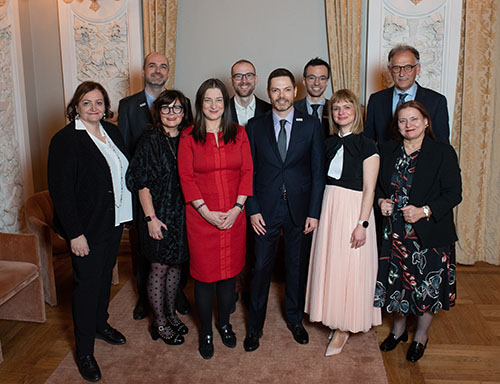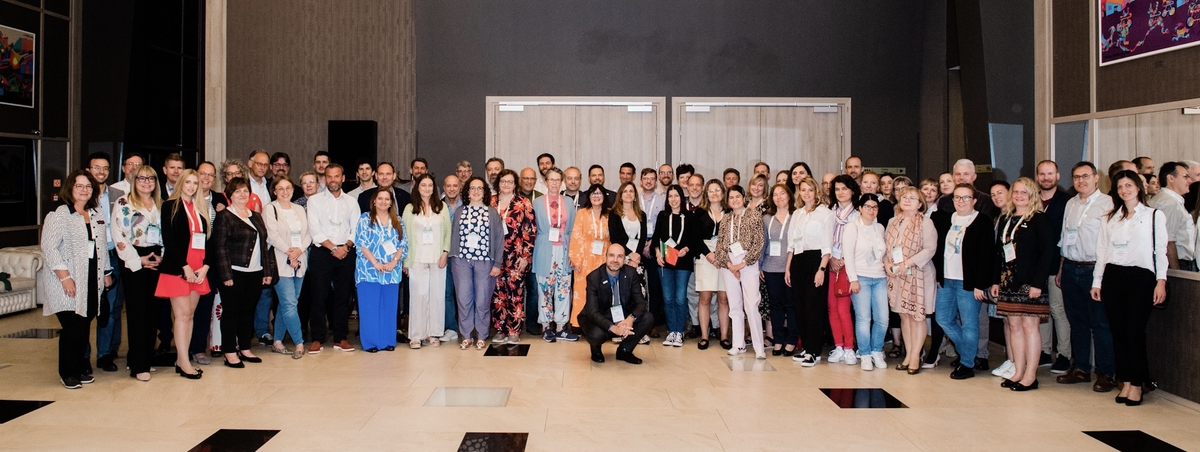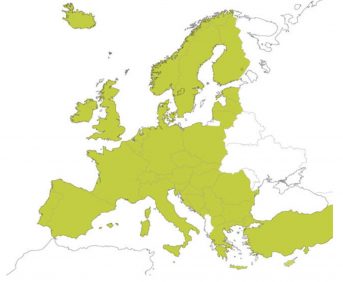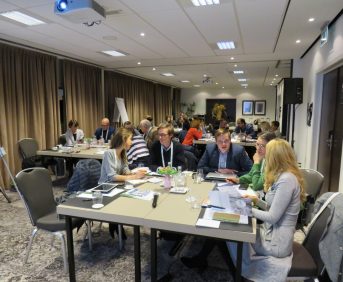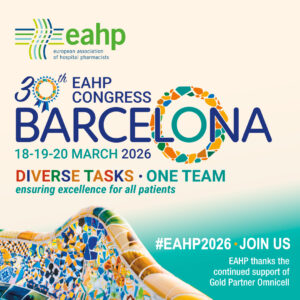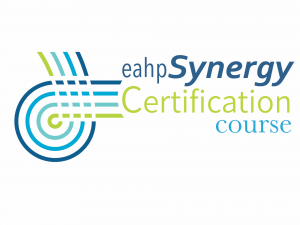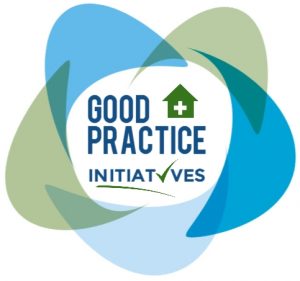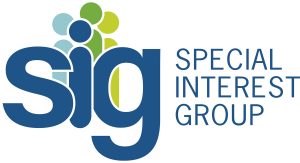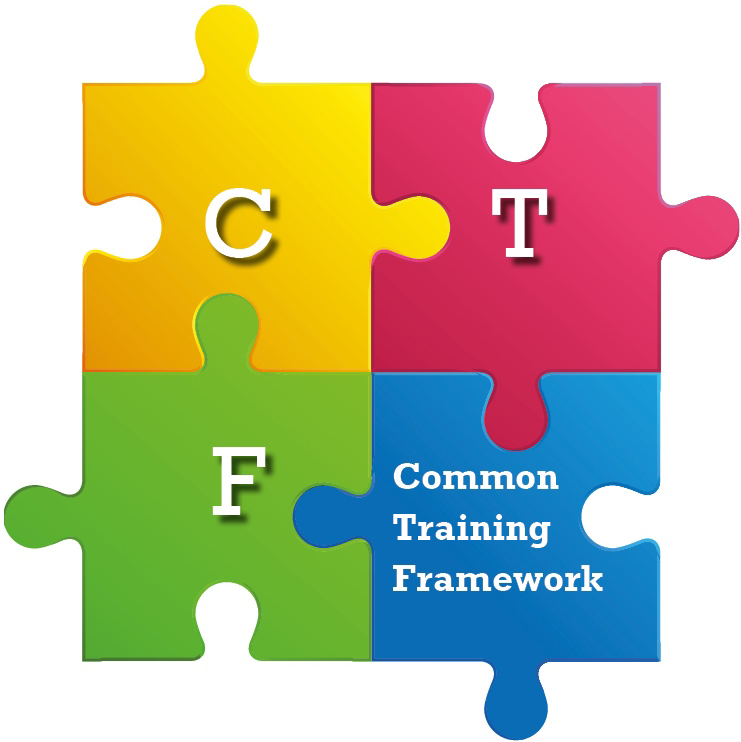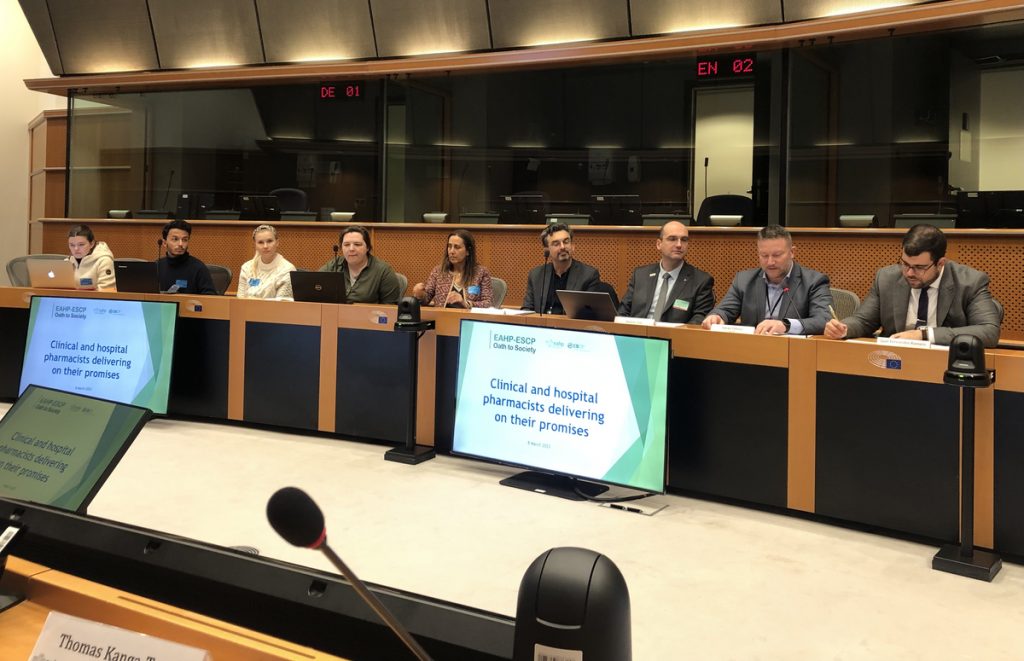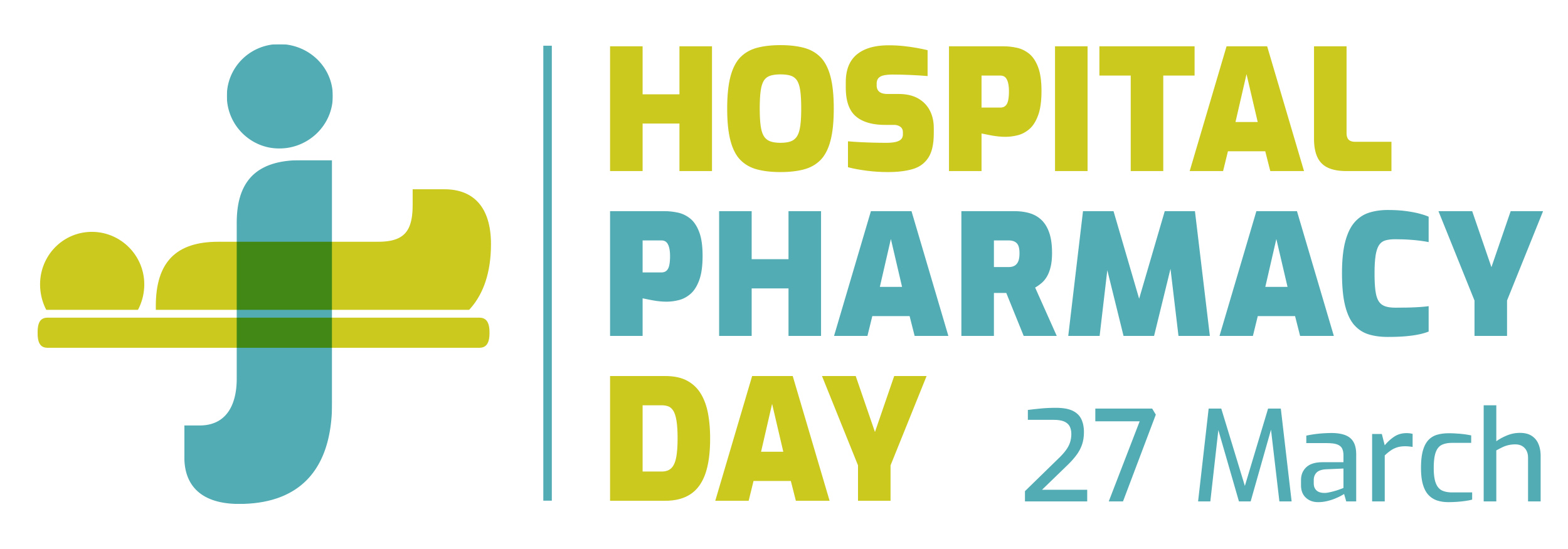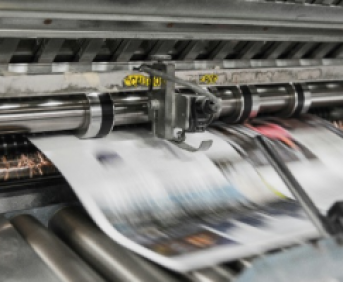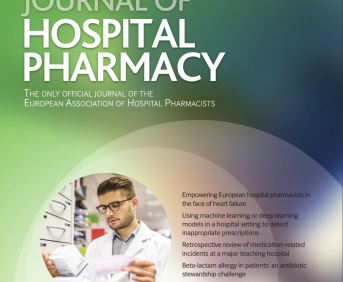DEVELOPMENT OF AN INFORMATIC HAZARD VULNERABILITY ANALYSIS TOOL TO MINIMISE MEDICINES SHORTAGES (submitted in 2019)
Pdf

European Statement
Selection, Procurement and Distribution
Author(s)
Daniele Leonardi Vinci, Enrica Di Martino, Rosario Giammona, Piera Polidori
Why was it done?
The 2018 Medicines Shortages Survey conducted by EAHP showed that 91% of responding pharmacists had experienced problems sourcing medicines, therefore it is important to use tools that identify early the shortage risk associated with each drug included in a hospital formulary in order to adopt appropriate countermeasures.
What was done?
We create an informatic HVA Tool (HVAT) to assess the risk associated with medicine shortage.
How was it done?
The HVAT created consists of an Excel spreadsheet subdivided into three macro areas: probability that the shortage will occur based on shortage in the last 2 years, magnitude factors which increase the risk of shortage, and mitigation factors which reduce it. A score was assigned to each item in each macro area. The score of the probability was: 1=no previous deficiency; 1.5=one deficiency; 2=two or more deficiencies. Magnitude was divided into: relevance of active substance (AS) (1= not life-saving and not High Risk Medicines (HRM); 2=not life-saving but HRM; 3=life-saving); budget impact (0=no alternative drug; 1=alternative drug costs equal to or less than the deficient one; 2=cost of the alternative drug higher than the deficient one but sustainable for all patients; 3=cost not sustainable for all patients); percentage of patients treated with the drug (1=less than 20%; 2=from 20% to 50%; 3=more than 50%). Mitigation factors were: therapeutic alternative (1=same AS and same route; 1.5=same AS and different route; 2=different AS and route not intravenous (IV); 2.5=different AS and route IV; 3=no alternative drug); stock available (1=for a month of autonomy; 2= autonomy between 1 week and one month; 3=autonomy less than 1 week); availability of the drug (1=drug available in EU; 2=drug available exclusively extra-EU; 3=drug not available).
What has been achieved?
The HVAT obtained allows us to calculate the value of the risk multiplying P by S, where P is the percentage of probability (value of probability obtained/2) and S is percentage of severity [(sum of values of magnitude obtained + sum of values of mitigation obtained)/18]. Based on the score obtained, drugs are classified as: low (60%) risk of shortage.
What next?
We will implement the HVAT in our hospital in order to reduce the impact of shortages.
